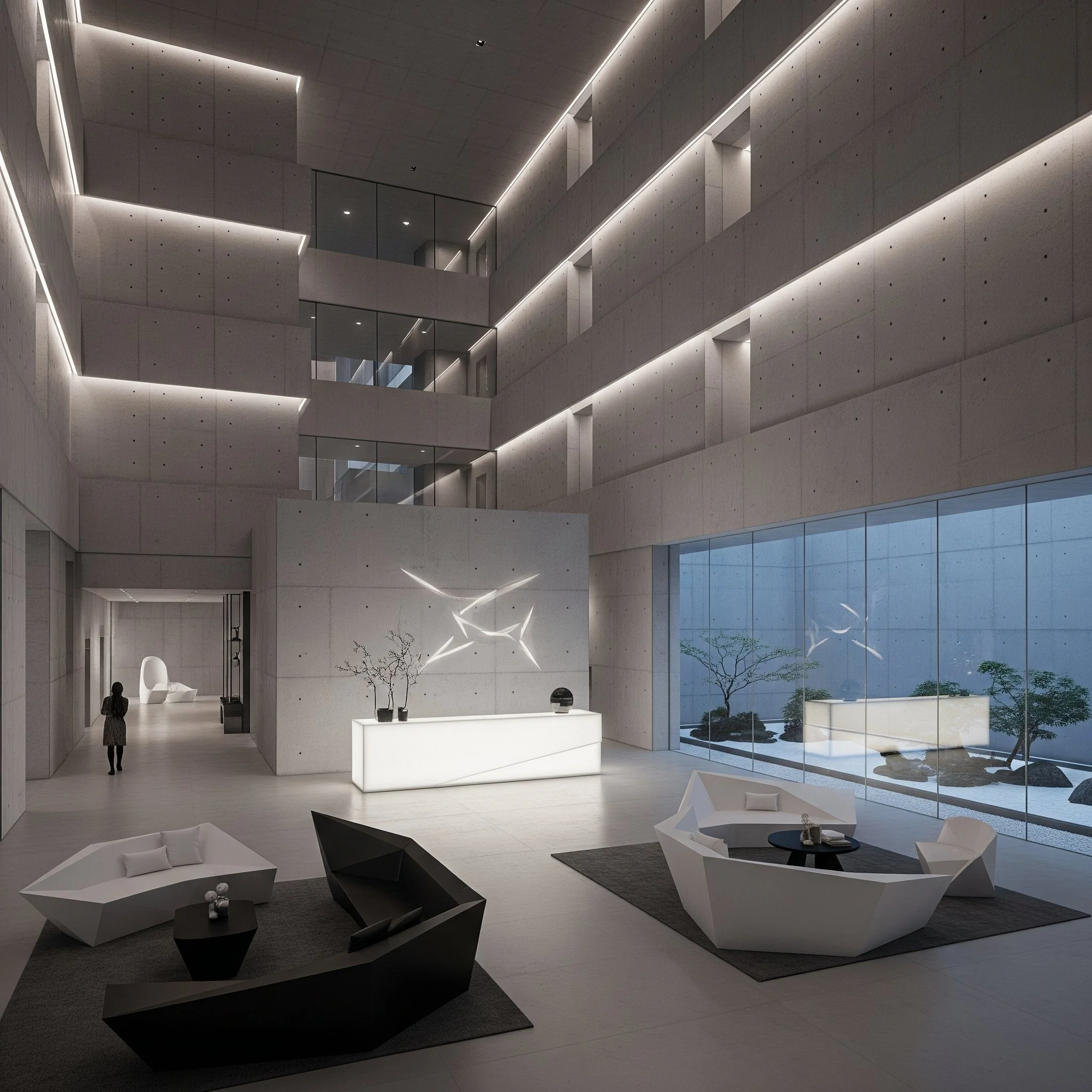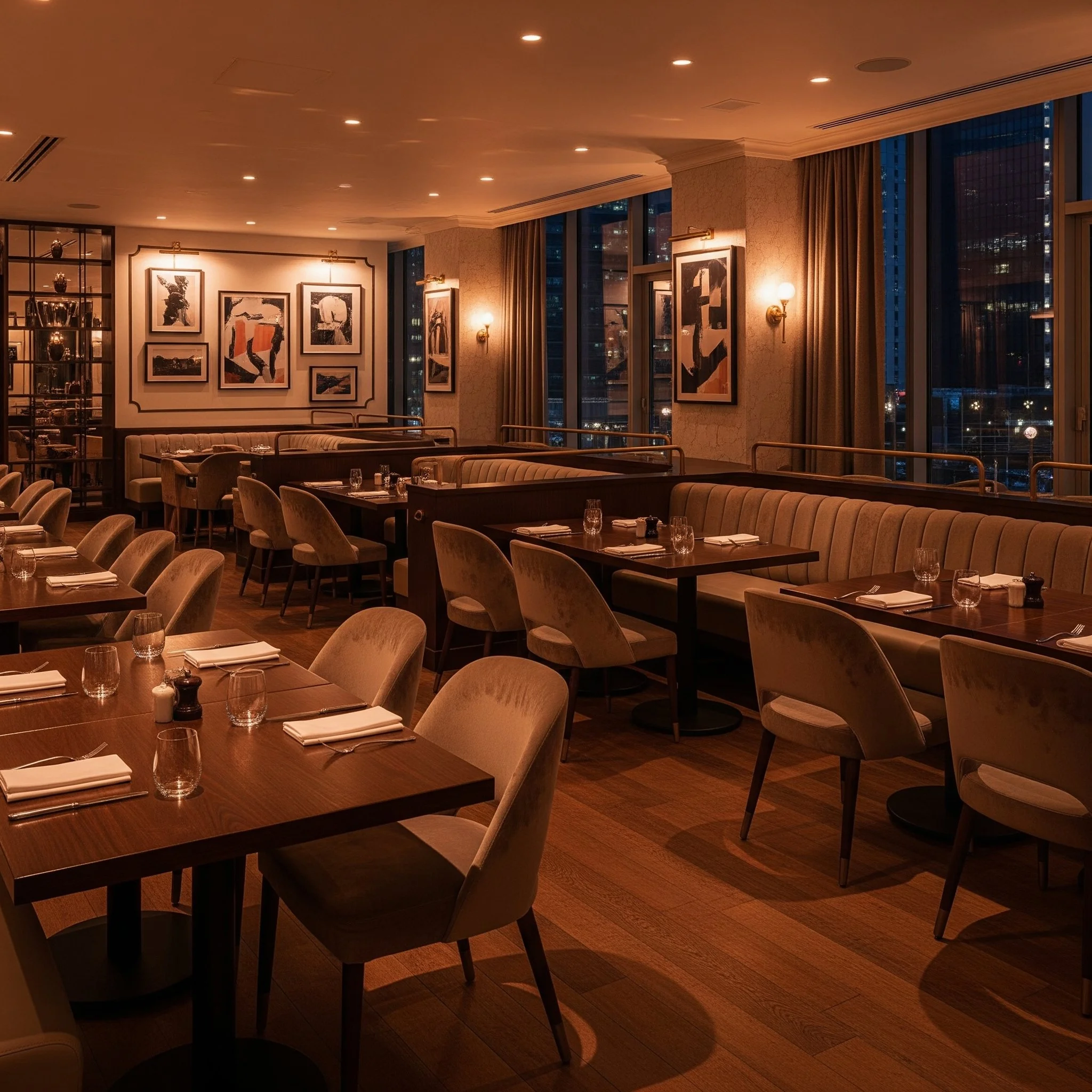Ask These 10 Questions to Know If You Are Working with the Best Interior Design Company in Saudi Arabia
Partnering with an interior design company in Saudi Arabia is a critical decision—whether you’re planning a luxury villa renovation in Riyadh or a boutique café fit-out in Jeddah. The right firm not only brings your vision to life but also ensures compliance with local regulations, manages budgets effectively, and delivers on schedule. To help you evaluate prospective design firms, we’ve compiled 10 essential questions. By asking these directly, you’ll gain insight into their expertise, transparency, and cultural fit—so you can confidently choose a partner that meets your residential or commercial needs.
1. What Is Your Design Philosophy and Area of Specialization?
Why It Matters:
Every firm has its own aesthetic “signature.” Some excel in modern minimalism, while others specialize in luxury, culturally inspired interiors with mashrabiya accents or Najdi motifs. Understanding a company’s design ethos ensures your vision aligns with their strengths.
What to Look For:
Ask them to describe their core design principles (e.g., “We focus on sustainable materials and clean lines,” or “We integrate local artistry like Sadu weaving in all our projects”).
Seek examples of their specialized work—for instance, if you need a hotel lobby, ensure they have multiple completed hospitality projects.
Evaluate whether their style portfolio matches your taste: traditional Gulf motifs versus contemporary, international trends.
Red Flag:
A generic answer like “We do everything equally well” without clear examples or a cohesive design statement. This may indicate a lack of focus or depth in any one style.
2. How Do You Handle SABER Authentication for Imported Materials?
Why It Matters:
The SABER system governs approval of imported finishes, fixtures, and furnishings. Any lapse in SABER compliance can result in customs holds, delaying your project by weeks.
What to Look For:
Ask the company to outline their process for SABER-authenticating items like lighting fixtures, decorative tiles, or imported textiles.
Verify that they maintain relationships with approved local suppliers who help streamline SABER approvals.
Red Flag:
If the firm seems unaware of SABER requirements or expects you to navigate the certification process alone, reconsider—prospective import delays can derail your project’s timeline.
3. Do You Provide 3D Renderings or BIM Models So I Can Visualize the Design Before Construction?
Why It Matters:
Detailed 3D renderings and BIM (Building Information Modeling) enable you to see the proposed layout, finishes, and lighting before breaking ground. This minimizes misunderstandings and reduces costly on-site changes.
What to Look For:
Examples of previous projects where they delivered 3D walkthroughs or BIM-based coordination.
Software platforms they use (e.g., Autodesk Revit, SketchUp, Lumion).
How often they update the model—do they provide interim views as materials or layouts evolve?
Red Flag:
Reliance solely on 2D sketches or flat elevations without offering any digital visualization. In today’s market, this often means you won’t fully grasp the spatial flow until it’s built.
4. What Is Your Typical Project Timeline—from Concept to Final Handover?
Why It Matters:
Knowing the expected duration helps you plan budgets, move-out dates, and contractor coordination. Saudi projects often involve multiple permit stages: schematic design, SCE review, Civil Defense approvals, and final municipality inspections.
What to Look For:
A breakdown:
Design Development: 4–6 weeks (concept sketches, mood boards, 3D visualization).
Permit Submissions: 6–8 weeks (SCE registration, Civil Defense, Municipality, Electrical Authority).
Procurement & Fit-Out: 6–12 months (depending on custom furniture, imported materials, and subcontractor scheduling).
In-house project manager who coordinates site visits and weekly progress reports.
Red Flag:
Unrealistic promises (e.g., completing a luxury villa fit-out in under six months) without clarifying assumptions about scope or permit timing.
5. What Cost Model Do You Use: Lump-Sum Turnkey, Design-Only, or Cost-Plus?
Why It Matters:
Different projects and client preferences call for different pricing structures. Transparent cost models prevent budget overruns and disputes.
Options Explained:
Lump-Sum Turnkey: The firm handles everything—design, procurement, subcontractor management, and permissions—for a single fixed price. Best if you want a hands-off experience.
Design-Only: You pay strictly for design deliverables (schematic layouts, working drawings, 3D renderings). You then manage material purchases and contractor hiring separately. Ideal if you already have trusted contractors.
Cost-Plus: You cover actual costs (materials, labor) plus a predetermined fee (fixed or percentage). Offers transparency but requires active oversight.
What to Look For:
A clear contract outlining deliverables, payment milestones, and change-order procedures.
Typical cost ranges for your project type:
Residential Villas: SAR 500–1,500 per m² (depending on finish level).
Commercial Fit-Outs (Hotels, Offices): SAR 800–2,000 per m².
Red Flag:
Vague pricing or refusal to commit to a written cost structure before work begins.
6. How Do You Ensure Quality Control and Coordinate Subcontractors?
Why It Matters:
A top-tier interior design company in Saudi Arabia should oversee every subcontractor—carpenters, electricians, plumbers—to maintain quality and consistency.
What to Look For:
An in-house or dedicated project manager responsible for:
Weekly site visits and progress reports.
Third-party inspections (electrical, plumbing, structural) at key milestones.
Pre-handover snagging lists and final walkthroughs.
Partnerships with certified local tradespeople (e.g., SASO-compliant electricians, Civil Defense–approved installers).
Red Flag:
No designated project manager or reliance on fragmented subcontractor lists without clear oversight.
7. What Is Your Post-Handover Warranty and Maintenance Policy?
Why It Matters:
Even the best-laid plans can reveal minor defects—loose millwork joints or leaky faucets—after handover. A reliable firm stands behind its workmanship with a clear warranty.
What to Look For:
A 12–24 month warranty on labor and materials.
Defined response times (e.g., within 48 hours for emergency issues).
Availability of maintenance contracts—especially important for high-traffic commercial spaces (restaurants, hotels).
Red Flag:
No mention of after-sales support, or a conditional warranty that nullifies if you’ve sourced materials independently.
8. How Do You Manage Communication, Especially for Non–Resident Clients?
Why It Matters:
If you’re based outside Saudi Arabia or frequently traveling, you need regular updates, virtual meetings, and reliable documentation.
What to Look For:
Bilingual team members (fluent in English and Arabic) for seamless coordination with local authorities.
Use of digital project management tools (e.g., Procore, Asana, Autodesk BIM 360) so you can track progress in real time.
Scheduled weekly or biweekly virtual check-ins via Zoom or Microsoft Teams, complete with screen-shared 3D walkthroughs and updated schedules.
Red Flag:
Reliance on sporadic emails or phone calls—this often leads to misunderstandings and delays.
Conclusion & Next Steps
Asking these 10 critical questions will give you unparalleled visibility into any prospective interior design company in Saudi Arabia—from their design philosophy and visualization tools to their project management and cultural sensitivity. Armed with this information, you can confidently select a partner that not only meets your aesthetic goals but also navigates KSA’s unique requirements with ease.
Ready to move forward?
Schedule a Complimentary Consultation with our experienced design specialists—whether it’s a luxury villa in Riyadh, a hospitality venue in Jeddah, or an office fit-out in Dammam, we’ll guide you every step of the way.
Selecting the right firm is the first step toward a seamless, award-worthy project in Saudi Arabia’s dynamic interior design landscape.




